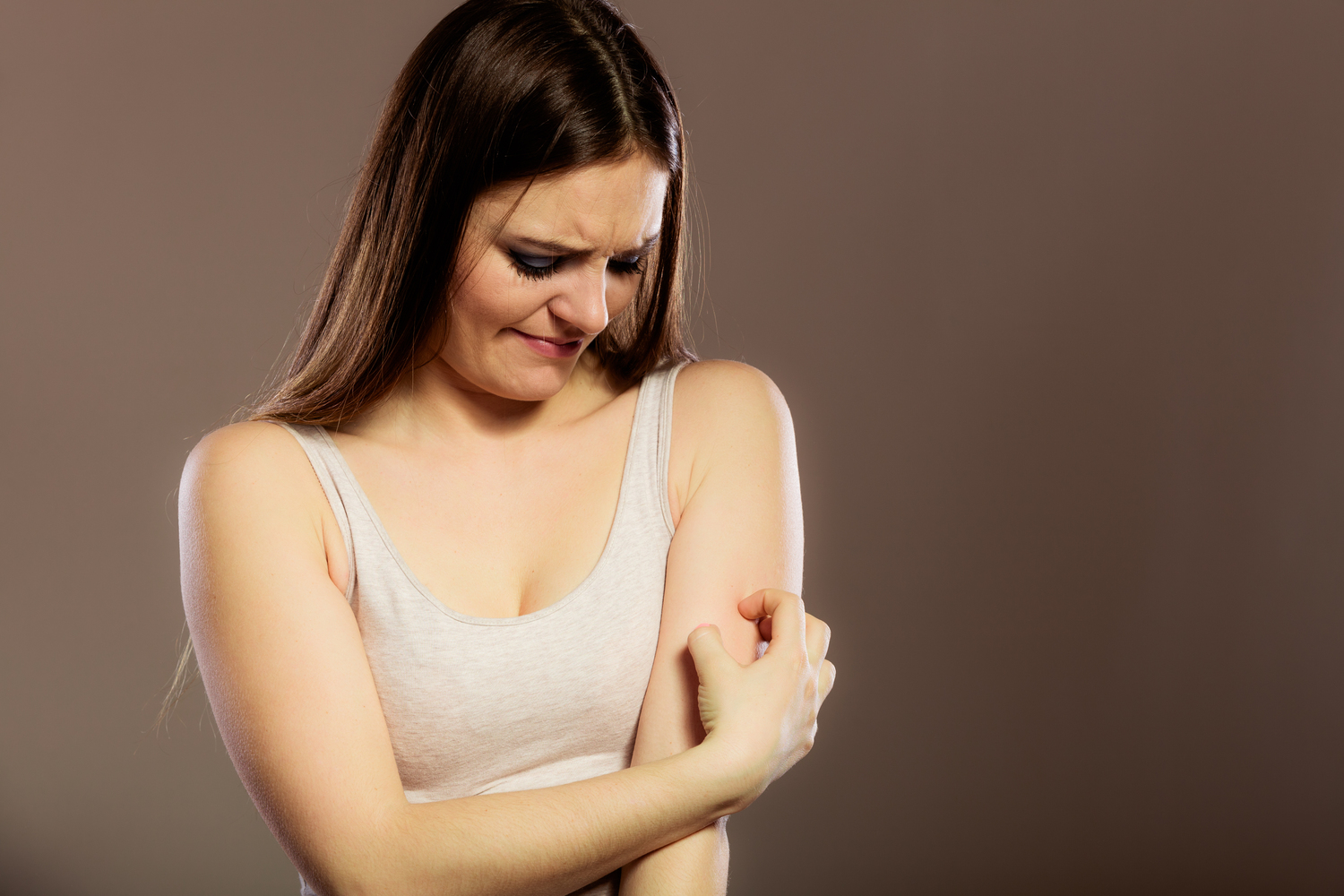
An overview of allergy prevention techniques
An overview of allergy prevention techniques
Allergies are a type of response of our body’s immune system toward certain substances or allergens. Being one of the most common chronic conditions, allergies can cause some serious (and even life-threatening) complications. The best way to prevent an allergic reaction is to avoid the substance that might cause the allergy (allergen). The following article talks about the prevention techniques against four common types of allergies. Read on to find out more.
Dust allergies
Being one of the most common causes of allergies, dust allergies are caused due to dust mites found in dust and even on tiny insects. Dust allergies can be prevented by:
- Choosing hard vinyl or wood coverings instead of a carpet as it traps the dust and hence the dust mites that can cause allergies.
- Use roller blinds instead of fabric curtains so that they cannot trap dust that might lead to respiratory allergies.
- It is also advised to clean soft toys, cushions, upholstered furniture, and curtains either by washing or vacuuming and using allergy-proof covers for mattresses, pillows, and duvets
- Using high-efficiency particulate air (HEPA) filter can trap more dust than ordinary vacuum cleaners and avoid dry dusting as it can spread dust through the air.
Mold allergies
Molds spread spores in the air which when inhaled can cause respiratory and other health complications. Prevent mold allergies in the following ways:
- Remove indoor pots and plants.
- Keep your living space dry and well ventilated.
- Avoid storing damp clothes in cupboards and drying clothes indoors, as they are one of the main reasons for mold formation in the furniture which can lead to allergic reactions.
- Use filtering masks when visiting buildings with damped indoors or when dealing with cut grass and compost heaps.
- Use energy-efficient dehumidifiers.
Hay fever
Hay fever is usually caused when grasses and trees release pollen into the air. The medical term for hay fever or pollen allergies is allergic rhinitis. The time a person gets hay fever depends on the type of pollen they are allergic to, as different plants pollinate at different times of the year. However, a survey has suggested that people across the country usually suffer from pollen allergy during spring and summer seasons.
Following are some hay fever prevention techniques:
- Stay updated on weather reports for pollen count and stay indoors if possible when it is high.
- Avoid drying bedding and clothes outside when the pollen count is high and wear wraparound sunglasses to protect your eyes when outdoors.
- Keep doors and windows closed when there is a high pollen count and take a shower and change your clothes after being outside.
Insect stings and bites
If a person has suffered from a bad reaction due to an insect sting or bite, it is important for them to take precautions and minimize the risk. Here are some prevention techniques to avoid allergic reactions from insect bites and stings:
- Cover exposed skin
- Apply insect repellents, especially when outdoors.
- Avoid wearing strong fragrances and perfumes that can attract insects.
To prevent severe allergic reactions (anaphylaxis), consult a doctor and ask if they can prescribe you medications in advance.


